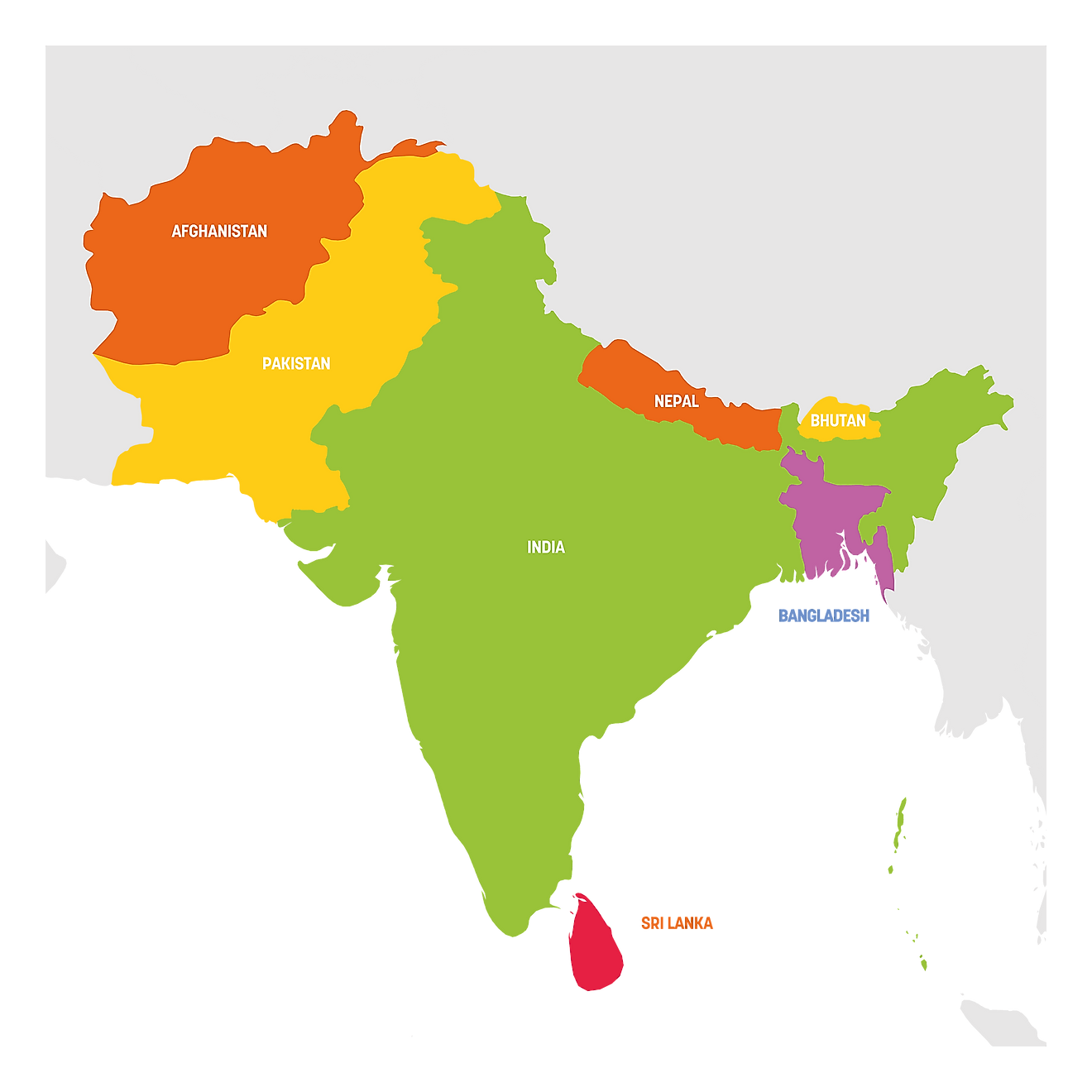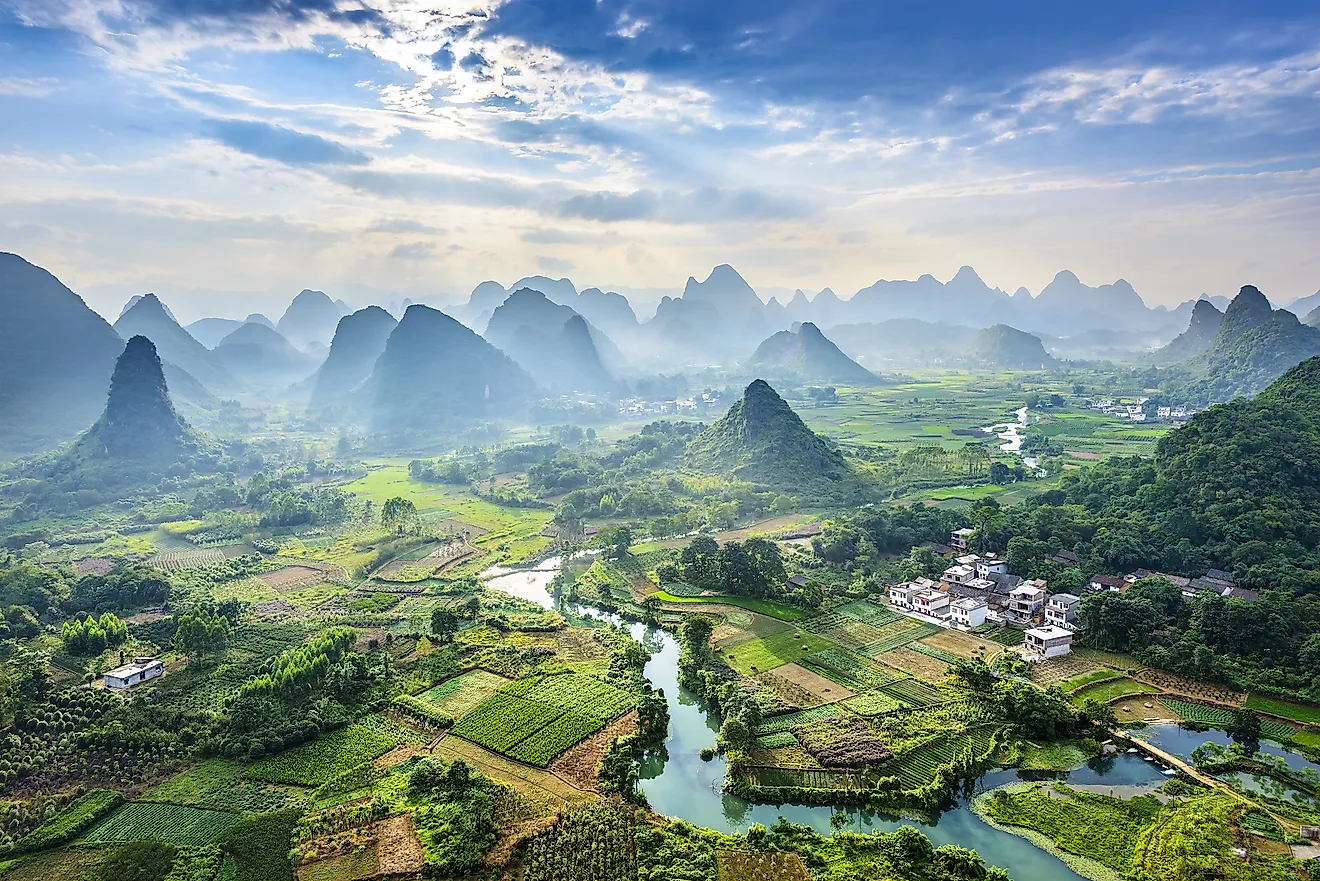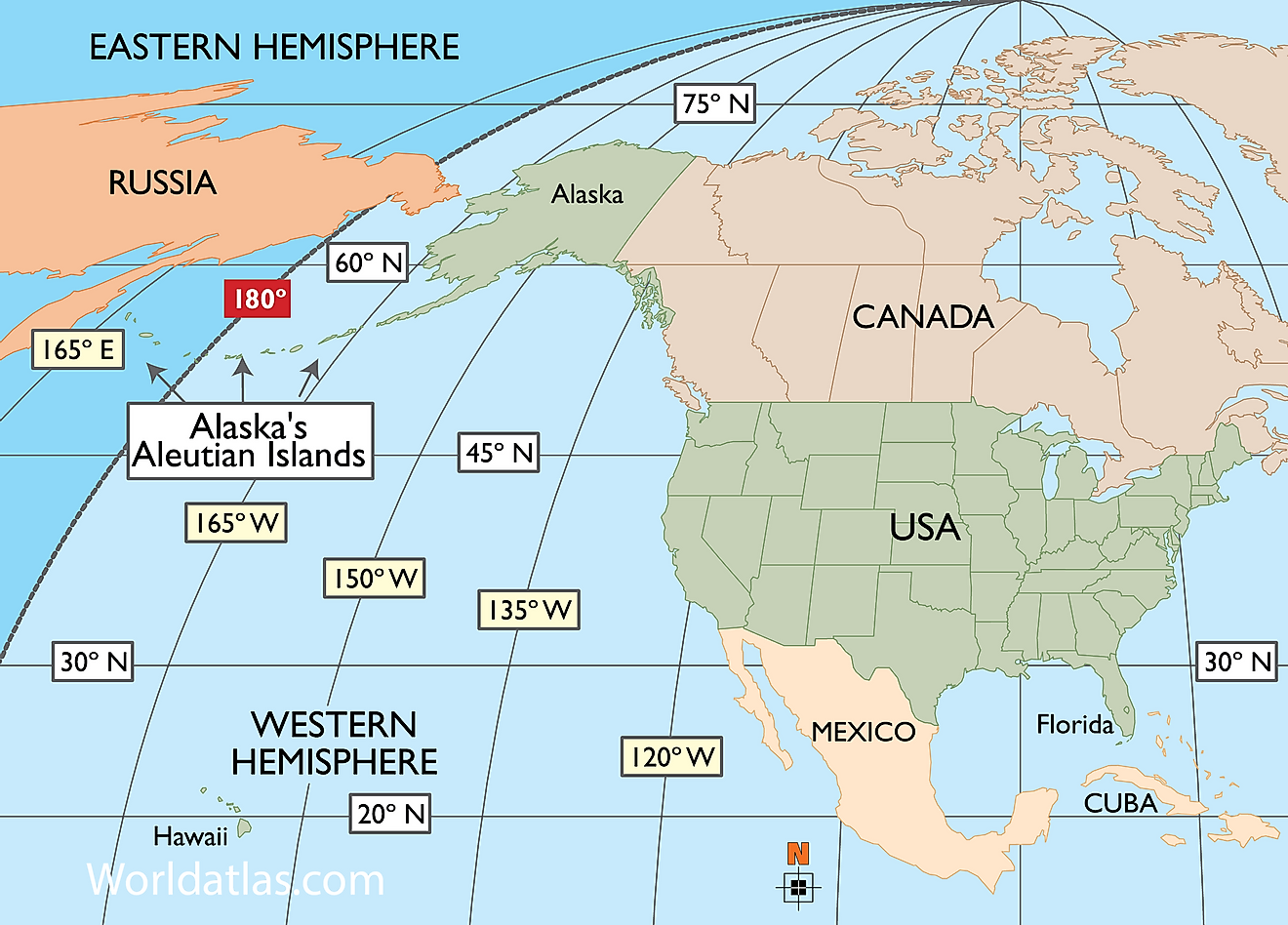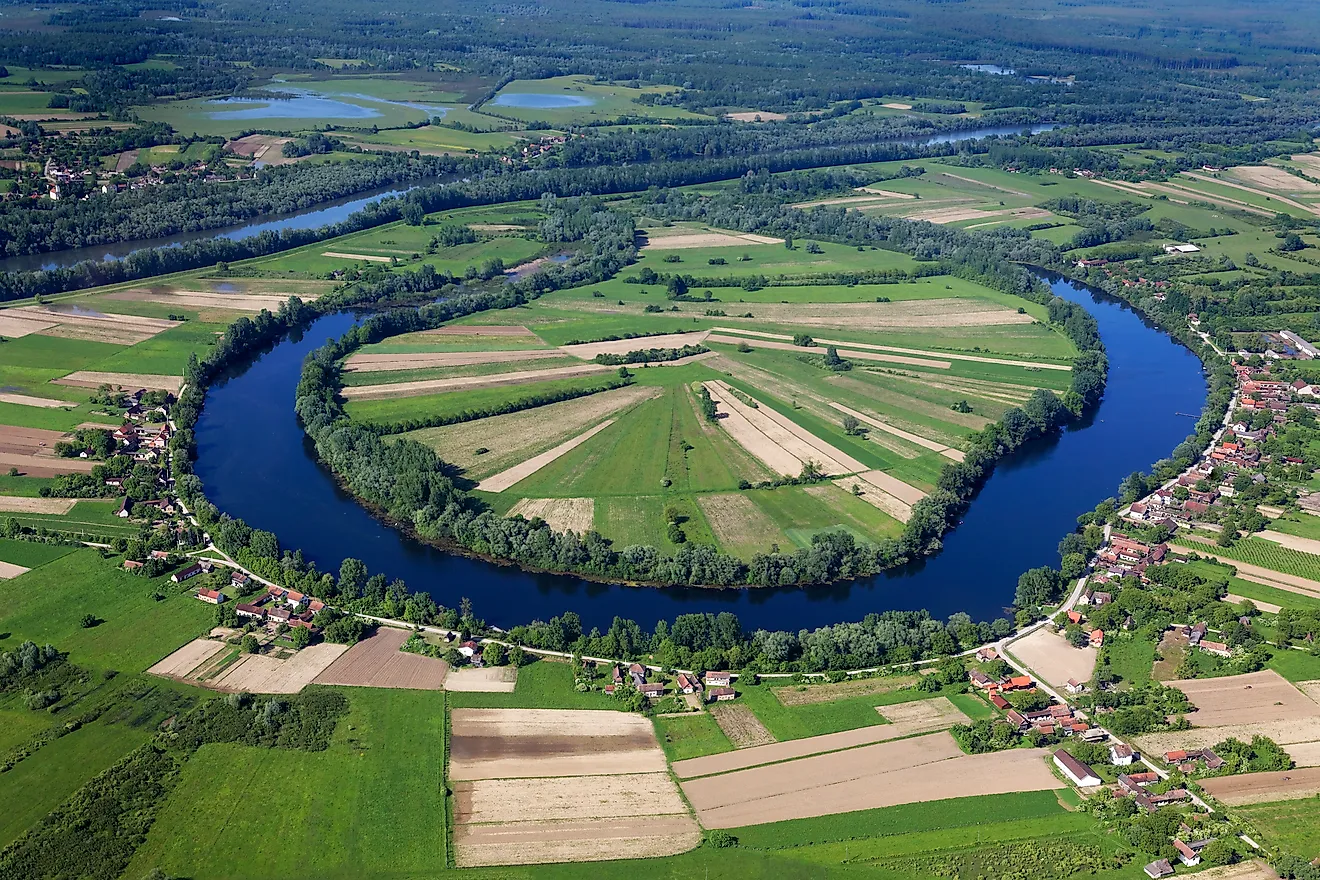Why Did Singapore Split From Malaysia?
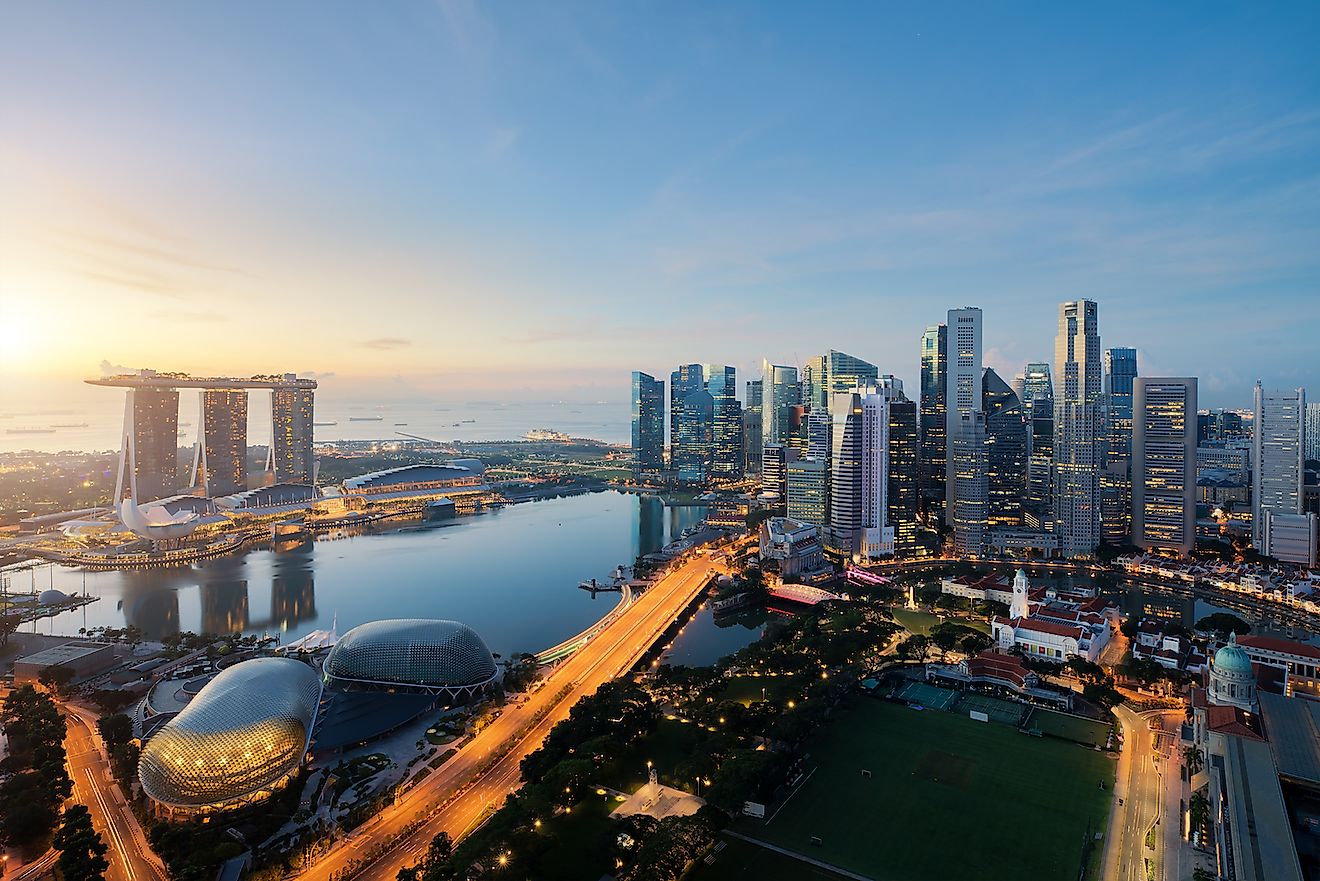
- Singapore is a sovereign island city-state that was once part of Malaysia, but it split off on August 9, 1965.
- Singapore became a significant center for Britain’s political and economic interests.
- Singapore became one of 14 states that came together to form Malaysia.
- The separation was announced on August 9, 1965, in Singapore and Kuala Lumpur.
The country of Malaysia is in southeastern Asia, located just north of the Equator. It is bordered by the South China Sea, and the countries of Brunei, Indonesia, and Thailand. Singapore is a sovereign island city-state that was once part of Malaysia, but it split off on August 9, 1965. This was due to deep economic and political differences between their ruling parties. It has been 55 years since the split happened.
Malaysian History
There is historical evidence showing that some of the earliest Malaysian ancestors migrated from China and Tibet, and small Malay kingdoms began appearing around the 2nd or 3rd centuries. As trade routes formed and priests began traveling, Indian concepts of government and religions including Buddhism and Hinduism started getting established in the region, which shaped cultural and political patterns.
Sunni Islam came to the region during the 13th to 17th centuries, challenging the traditional elite powers in place. It held appeal for merchants and farmers in the more coastal areas as well. Around 1400, the Malaysian king converted to Islam, and the port of Malacca (now called Melaka) was established. The port attracted traders from many nationalities, and the people started calling themselves “Malays.”
The port was conquered by Portugal in 1511, and again by the Dutch in 1641. During this time period, Malay political control began spreading through regional sultans, who often feuded. This led to political pluralism in the 18th century.
The British Influence
In 1786, Britain’s East India Company acquired Penang, an island off Malaya’s northwest coast, and turned it into a major trading post. They occupied Singapore in 1819, and acquired trading rights there five years later. This became another significant center for Britain’s political and economic interests. In time, Chinese immigrants came to live on the island, and Singapore also became a base for Chinese economic concerns in Southeast Asia.
World War II
Singapore flourished until the Second World War, when Japanese forces from Malaysia attacked in 1942. The British were forced to surrender, and Singapore was under Japanese occupation for three years. After the war ended, the city was returned to the British. In 1946, it became an official Crown Colony.
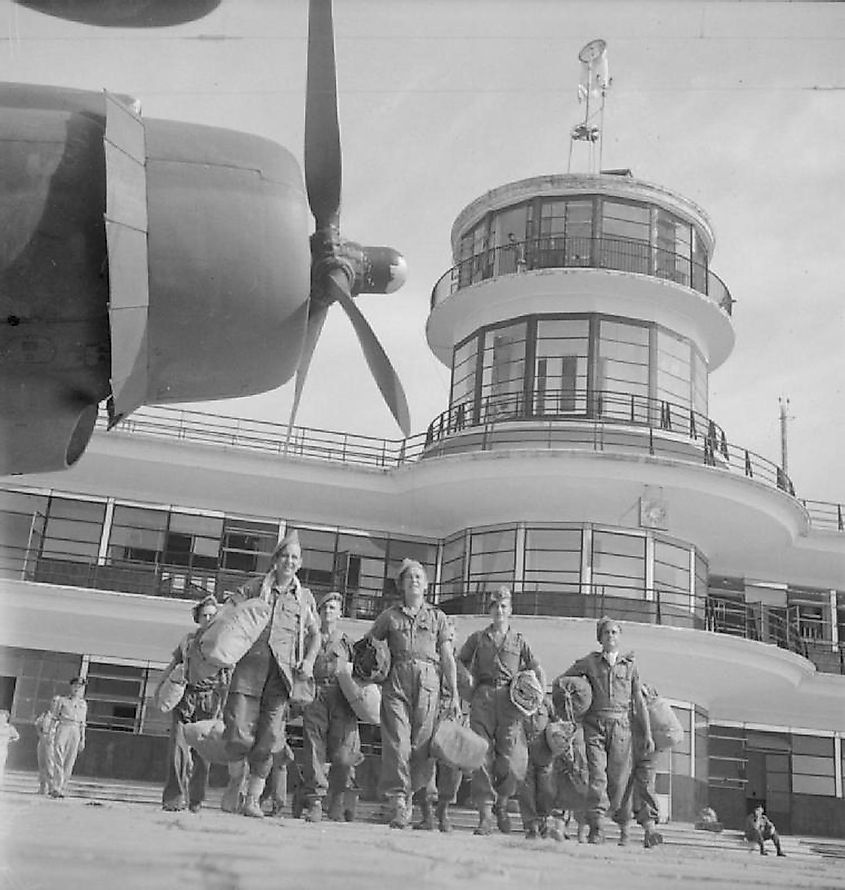
There was an increase in nationalist sentiment in the years following the war, and a push for complete self-governance. Singapore’s first election was in 1959, with the majority of seats being won by the People’s Association Party (PAP). Lee Kuan Yew was elected the first Prime Minister of Singapore that year.
The Merger
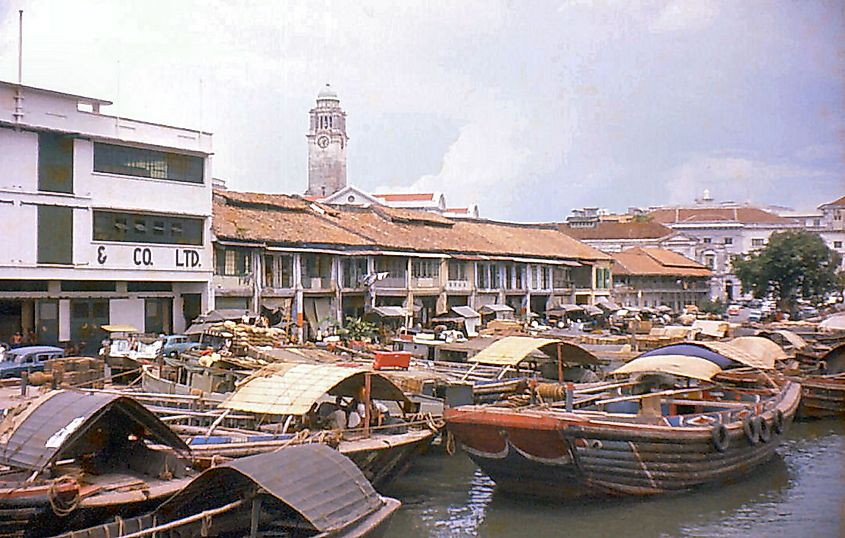
As Singapore is a small island and does not have many natural resources, the PAP decided to merge the economy with the Federation of Malaya, and the states of Sarawak and Sabah. Singapore became one of 14 states that came together to form Malaysia. On September 16, 1963, the Federation of Malaysia was formed, and this historic event ended 144 years of British rule. Things got off to a rocky start, from the leaderships’ conflicting approaches to racial, economic, and political policies.
During the union, there were two major political parties that held power in Malaysia: the United Malays National Organisation (UMNO) and PAP. There were accusations of socialism (communalism), which led to racial violence in 1964. Though there was an agreement for a two-year truce, there was still acrimony between the two factions. Singapore's government opposed the Malaysian government's desire to grant special privileges and rights for the Malay community
The Breakup
On May 9, 1965, Singapore’s founding leaders formed the Malaysian Solidarity Convention. This started the "Malaysian Malaysia" campaign to promote racial equality; a rally was also held the following month. The situation deteriorated, and Malaysian Prime Minister Tunku Abdul Rahman was being pressured to take action to prevent more violence. That June, he attended the Commonwealth Prime Ministers' Conference in London, and decided that separating Singapore was the only way to solve the problems.
The Tunku presented this plan to his deputy, Tun Abdul Razak, and the senior Malaysian ministers began putting together a foundation for the separation. UMNO supported the breakup, and unanimously voted to expel Singapore from Malaysia. Negotiations were led by Razak and Singapore’s Finance Minister Goh Keng Swee. There was a separation agreement drafted, as well as a Proclamation of Independence. Though Singapore’s leaders initially declined to sign the agreement, the finally complied.
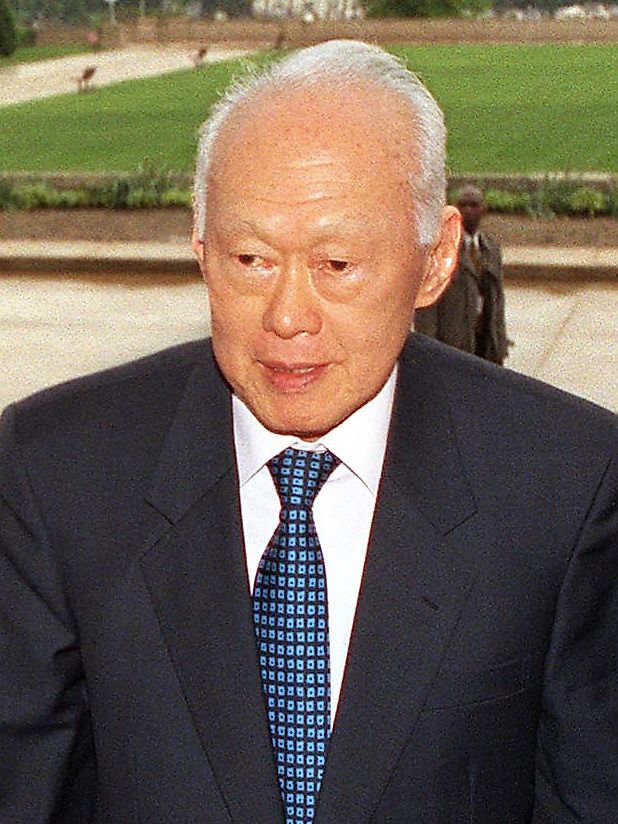
The separation was announced on August 9, 1965 in Singapore and Kuala Lumpur. A bill was unanimously passed, and press conferences were held. At the time, many felt relief while others were saddened that the merger had lasted for such a short time. Nevertheless, Singapore had officially separated from Malaysia, and become an independent sovereign nation. The "Malaysian Malaysia" idea had worked to create a multiracial, independent Singapore for its inhabitants.
Singapore Today
As the only city-island-nation on Earth, Singapore is kind of an anomaly. Though some compare it to the city-island of Hong Kong, the latter is still considered to be part of China. Singapore is not part of Malaysia.
Singapore’s territory includes just one main island and approximately 62 smaller islets. It is considered to be a highly developed nation, and has a strong economy. It is small in size, but has one of the world’s highest per-capita GDPs, and ranks high in health care, education, quality of life, and technology. However, World Population Review ranks it as the third most densely populated country in the world, after Macau and Monaco (Hong Kong was fourth). It has also been criticized for government censorship, drug laws that impose mandatory death sentences, and laws that make homosexuality illegal.








